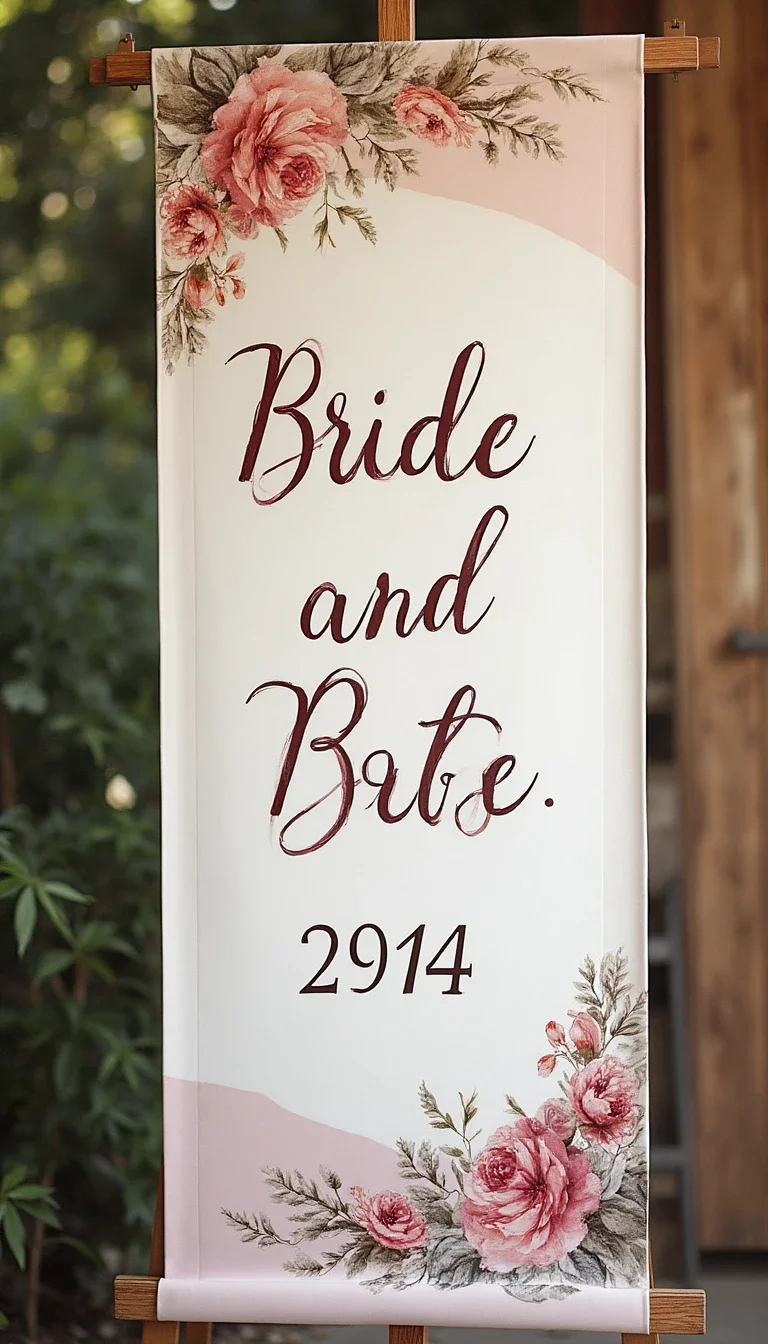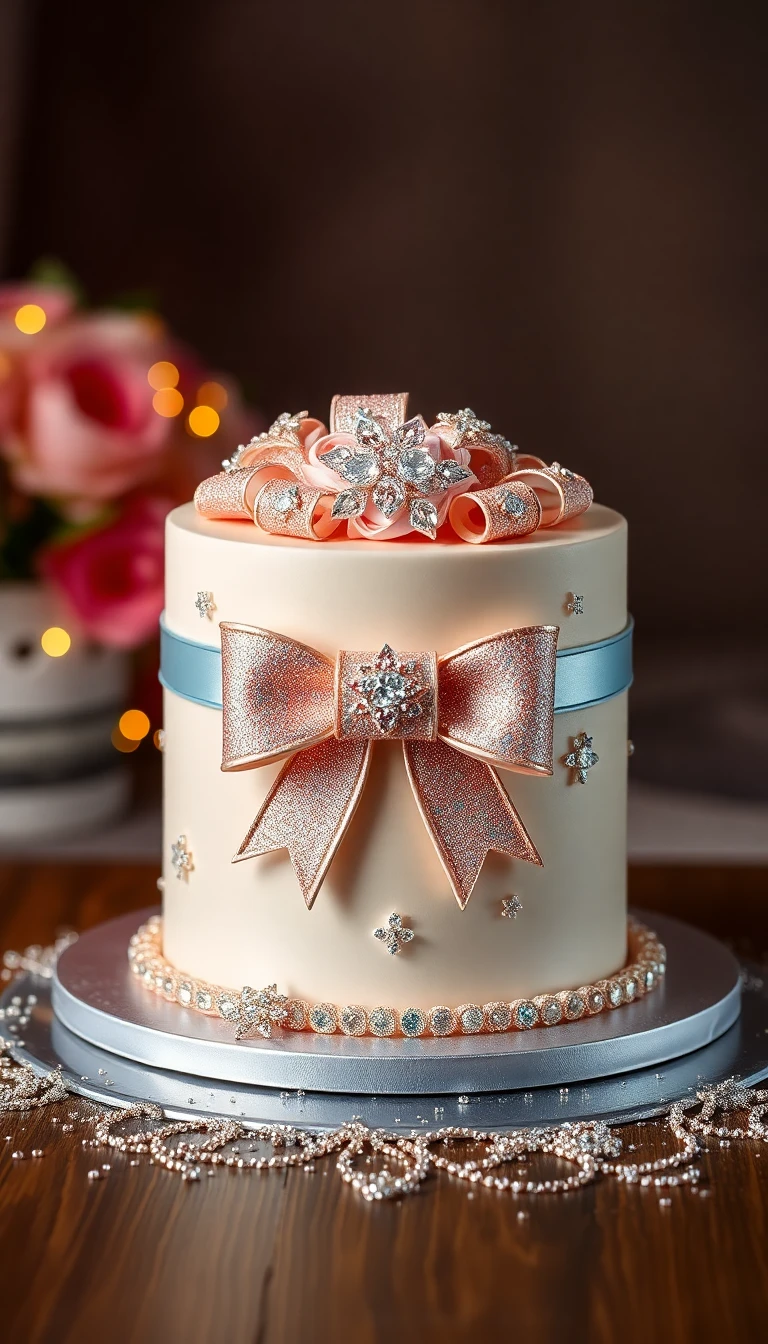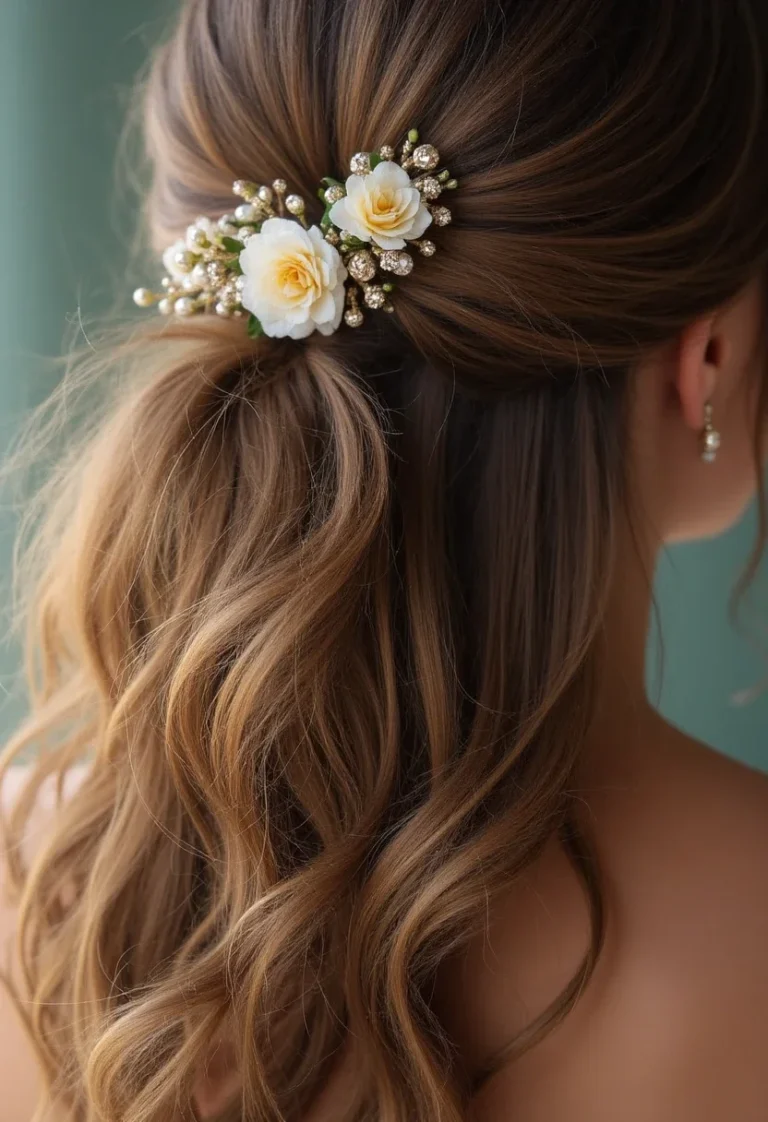The Ultimate Bridal Shower Planning Timeline
Introduction
Planning a bridal shower can be a joyful yet challenging task. It involves coordinating various elements to create a memorable event for the bride-to-be. A well-structured timeline is essential for ensuring that all aspects of the shower are addressed, from guest lists to decorations. This article will guide you through the ultimate bridal shower planning timeline, offering insights and tips to streamline the process.
Definitions
A bridal shower is a pre-wedding celebration traditionally held for the bride-to-be. It serves as an opportunity for friends and family to gather, shower the bride with gifts, and celebrate her upcoming marriage. Understanding the basic definitions and etiquette surrounding bridal showers is crucial for effective planning. This includes knowing the appropriate guest list, timing, and the types of activities typically involved.
Key Concepts
When organizing a bridal shower, several key concepts should be taken into account. Firstly, the theme of the shower plays a significant role in guiding the decorations, invitations, and activities. Popular themes include garden parties, tea parties, or even a kitchen-themed shower. Secondly, the location is important; it can be held at a home, a restaurant, or a rented venue depending on the size of the guest list and the budget.
Additionally, the timeline for planning is crucial. Starting the planning process early allows for better organization and more options for venues and vendors. Typically, bridal showers are held about a month or two before the wedding date. This timing helps create a celebratory atmosphere while also giving the bride a chance to enjoy her pre-wedding festivities.
Examples of Bridal Shower Timelines
Creating a timeline can help ensure that all tasks are completed on time. A sample timeline might begin with selecting a date and venue approximately three to four months in advance. Following this, the next steps would include finalizing the guest list, sending out invitations, and organizing food and entertainment.
One month before the event, it’s essential to confirm the RSVPs, finalize catering details, and shop for decorations. The week leading up to the bridal shower should focus on setting up the venue, preparing any necessary games or activities, and ensuring that all gifts are organized for the bride. This structured approach helps to alleviate last-minute stress and ensures a smooth event.
Pros and Cons of Different Planning Approaches
There are various approaches to planning a bridal shower, each with its own advantages and disadvantages. For instance, a DIY approach allows for personalization and creativity, but can be time-consuming and overwhelming. On the other hand, hiring a professional planner can alleviate stress, but it may come with a higher cost.
Additionally, planning a virtual bridal shower can be an excellent alternative, especially for long-distance guests. However, it may lack the personal touch of an in-person event. Weighing the pros and cons of these different strategies is essential to choose the best approach for your specific situation.
Case Study: Successful Bridal Shower Planning
To illustrate effective bridal shower planning, consider the case of a recent shower organized in a local community center. The planner started by establishing a clear theme: a rustic garden party. With this theme in mind, they selected a date three months prior to the wedding and began coordinating with local vendors, including caterers and decorators.
Throughout the planning process, they maintained open communication with the bride and her family, ensuring everyone’s input was valued. The end result was a beautifully organized event that not only celebrated the bride but also created lasting memories for all attendees. The success of this bridal shower underscores the importance of thorough planning and collaboration.
Future Trends in Bridal Showers
As trends in event planning evolve, bridal showers are no exception. Increasingly, couples are opting for co-ed showers that include both male and female guests. This shift reflects changing attitudes toward traditional gender roles in wedding celebrations.
Additionally, eco-friendly options are gaining popularity, with planners focusing on sustainable materials and local vendors. These trends highlight a growing desire for personalization and meaningful experiences in bridal shower planning.
Conclusion
Planning a bridal shower can be a rewarding experience when approached with a clear timeline and organization. By understanding the key concepts, exploring different planning methods, and keeping an eye on future trends, you can create a memorable event that honors the bride-to-be. Embrace the joy of planning, and remember that the ultimate goal is to celebrate love and friendship.







